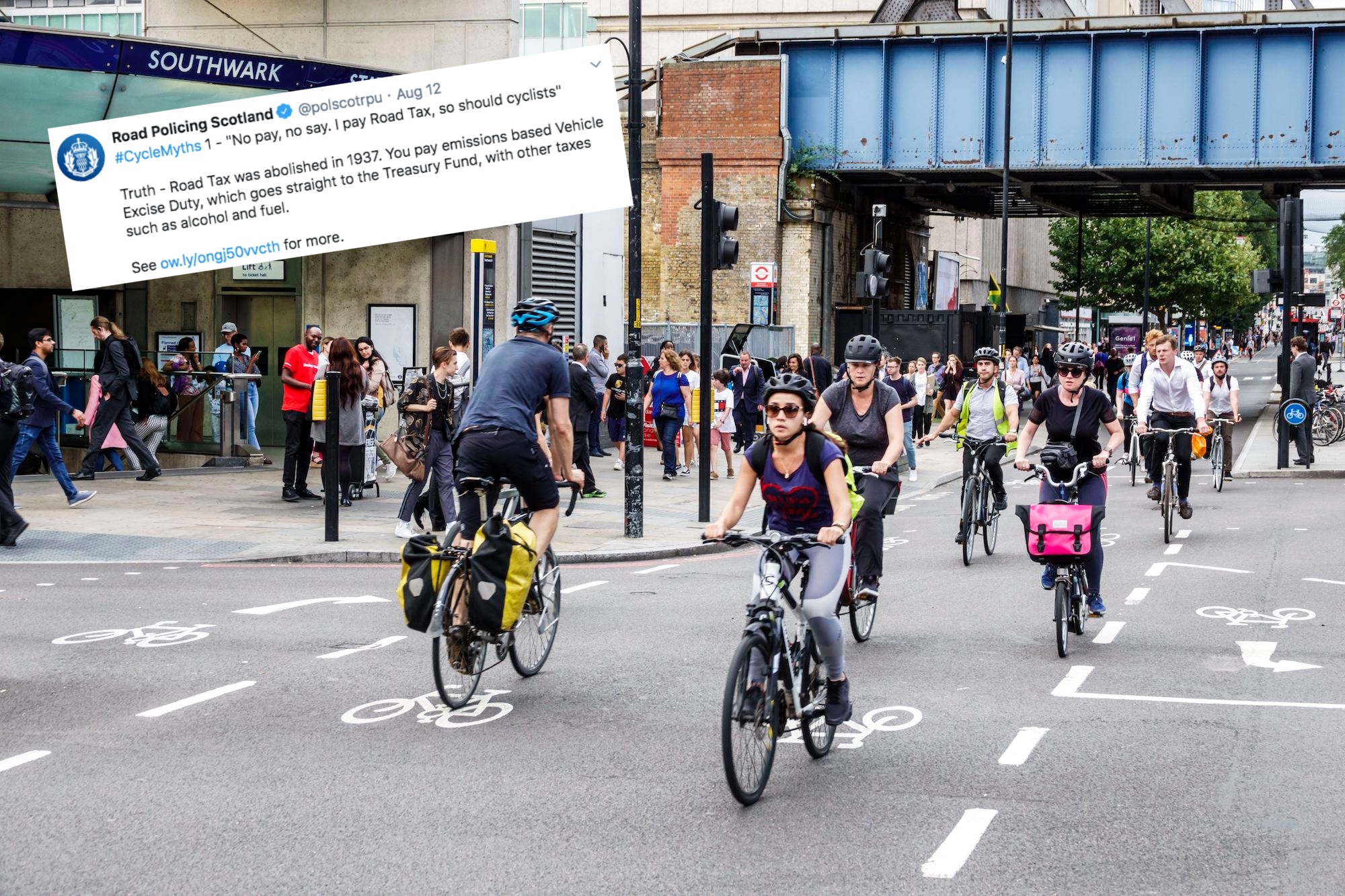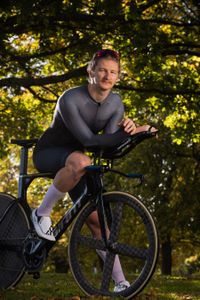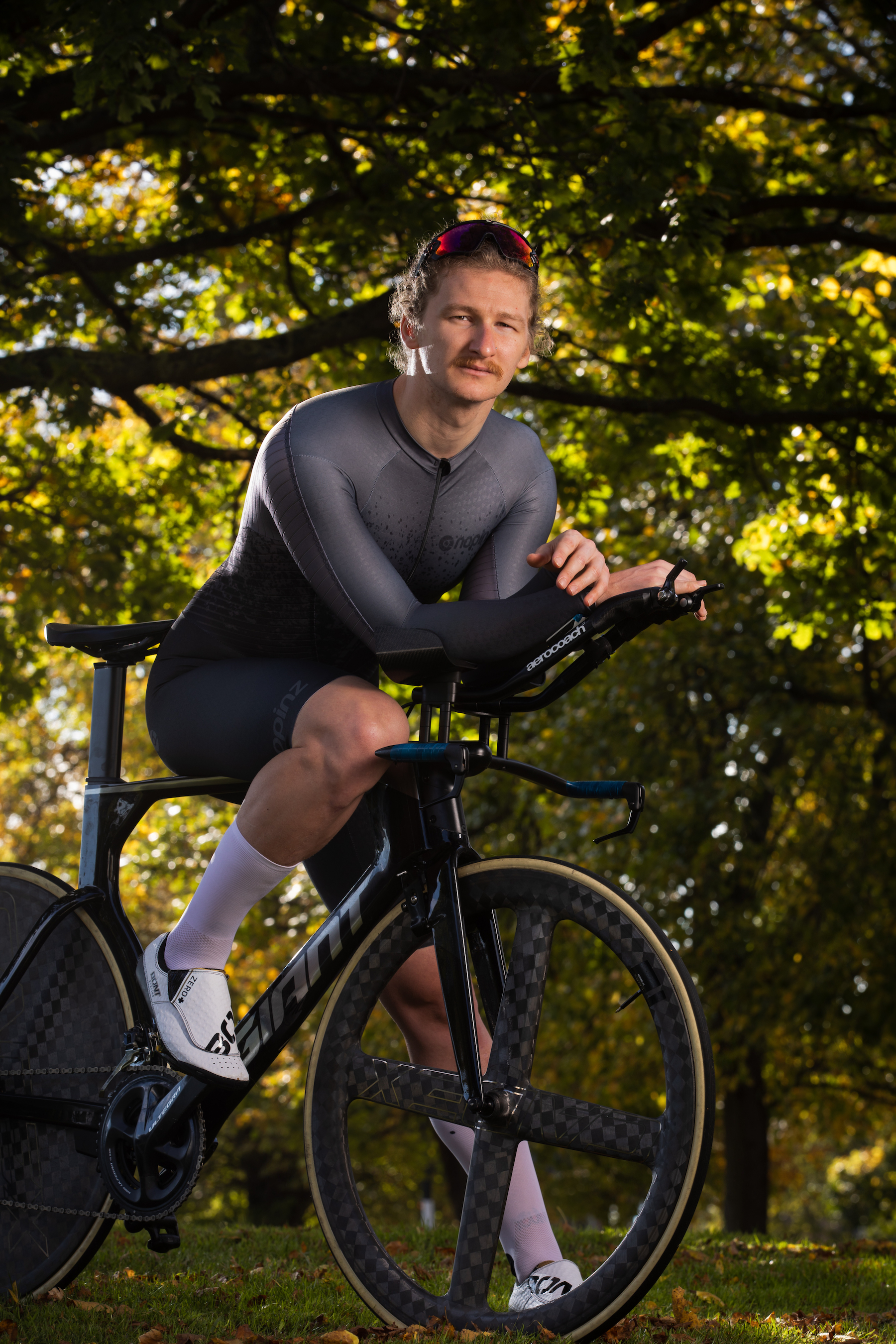‘There is no legal requirement for cyclists to use cycle lanes’: Police in Scotland are using Twitter to dispel common cycling myths
The force is tackling many misconceptions drivers have


Police in Scotland have taken to Twitter to try to counter the common myths drivers use to criticise cyclists.
Road Police Scotland is using the social media platform to correct a number of misconceptions drivers have about the rules of the road when it comes to riders.
From using cycle lanes to filtering, the force is taking a proactive approach and explaining how they enforce the rules of the road against both drivers and cyclists.
>>> Riders hit out at BinckBank Tour’s ‘crazy and dangerous’ finals
Road Police Scotland said on Twitter said: “Over the next few days, we’re going to bust some cycle myths. We see the same comments come up again and again whenever a bicycle us mentioned, so it’s time to set the record straight.”
Starting on Monday (August 12), Road Policing Scotland began with the suggestion regularly levelled at cyclists that they should pay non-existent ‘road tax.'
The force said: “Road tax was abolished in 1937. You pay emissions-based Vehicle Excise Duty, which goes straight to the Treasury Fund, with other taxes such as alcohol and fuel.”
The latest race content, interviews, features, reviews and expert buying guides, direct to your inbox!
Then officers turned their attention to road position and the claim that “cyclists should always ride single file near the kerb.”
Road Policing Scotland said: “Highway Code rule 66 – never ride more than two abreast and ride in single file on narrow or busy roads and when riding round bends.”
Cycle myth three was filtering, with officers pointing out the cyclists are allowed to ride alongside vehicles at traffic lights, calling it a great way to beat traffic, stay fit and help the environment.
>>> Council leader vows to find compromise after cyclists banned from meeting at cycling café
The account also highlights the fact that a cyclist is 15 times more likely to be killed on the road, as two drivers were killed per billion miles compared with 31 cyclists in 2017.
Finally, the department targeted the myth about cyclists jumping red lights, saying: “A small percentage of all road users fail to obey road signals and we will always deal with what we see, regardless of road user type.
“We can’t be everywhere, so we target the highest risks.”
Alex Ballinger is editor of BikeBiz magazine, the leading publication for the UK cycle industry, and is the former digital news editor for CyclingWeekly.com. After gaining experience in local newsrooms, national newspapers and in digital journalism, Alex found his calling in cycling, first as a reporter, then as news editor responsible for Cycling Weekly's online news output, and now as the editor of BikeBiz. Since pro cycling first captured his heart during the 2010 Tour de France (specifically the Contador-Schleck battle) Alex covered three Tours de France, multiple editions of the Tour of Britain, and the World Championships, while both writing and video presenting for Cycling Weekly. He also specialises in fitness writing, often throwing himself into the deep end to help readers improve their own power numbers. Away from the desk, Alex can be found racing time trials, riding BMX and mountain bikes, or exploring off-road on his gravel bike. He’s also an avid gamer, and can usually be found buried in an eclectic selection of books.
